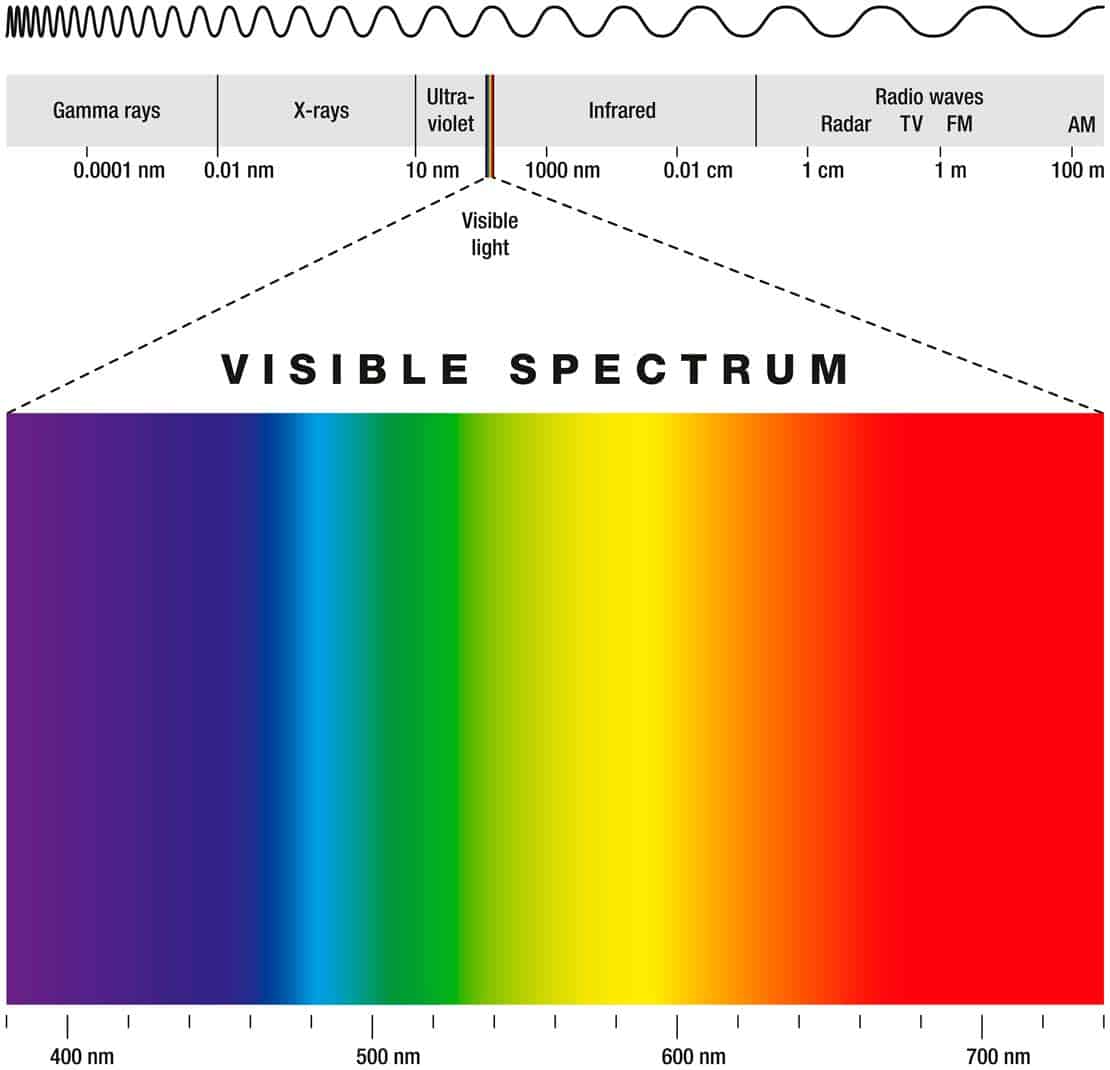To better understand how sunglasses work, it's worth learning what light is. This is a very broad scientific topic that we will try to explain in a simple way. This will not be a scientific lecture, but basic knowledge that will allow you to better understand certain properties of sunglasses.

Light is electromagnetic radiation that travels in different wavelengths. There is a magnetic field all around us, and light moving through this field creates waves of different lengths. Imagine a light bulb in a dark room that we suddenly light up. Before lightning, the magnetic field around it was not moved and everything was dark. After lighting the bulb, we pass current through it, which leads to a violation of the magnetic field. The light we generate creates a wave in the magnetic field around the bulb and moves away from it. To better illustrate this, it can be compared to throwing a stone into the water. Just as waves form on the water after throwing the stone (adding energy in this place), light (wave in the magnetic field) is created when energy is added to a light bulb.
Our eyes are sensitive to such magnetic waves and give a signal to our brain when they reach the retina of the eye. Depending on the wavelength, the retina reacts differently and sends different signals to the brain. The brain, in turn, interprets these various signals as colours.
The magnetic waves that the eyes and their retina react to are in the range of approximately 400nm to 700nm. Beginning with purple and ending with red, just like a rainbow.
What about the waves outside this range?
Of course, there are waves below 400nm and above 700nm. The fact that we don't see them because our retina inside the eye doesn't respond to them doesn't mean that they don't exist. Light or magnetic waves with lengths below 400 nm are what we generally refer to as UV light. UV in high doses and depending on the wavelength is harmful to humans. Read more about the harmfulness of UV waves.
The waves above 700nm appear as infrared, and then as microwave, radar, radio, etc. Yes, the colours we see are nothing more than radio waves, but of a different wave length that the radio receiver reacts to, i.e. "sees ". The longer the waves, the easier they can get through walls or other obstacles. Therefore, the radio receiver can pick up its magnetic waves inside buildings, but visible light will not reach our eyes.
As shown in the graph, the light looks like it is moving in one plane. This is because it is easier to describe what a wavelength looks like. In fact, the waves move at different angles. Sunglasses with polarized lenses have the properties to capture light from different angles. Learn more about the different lenses in sunglasses, including polarized ones.



